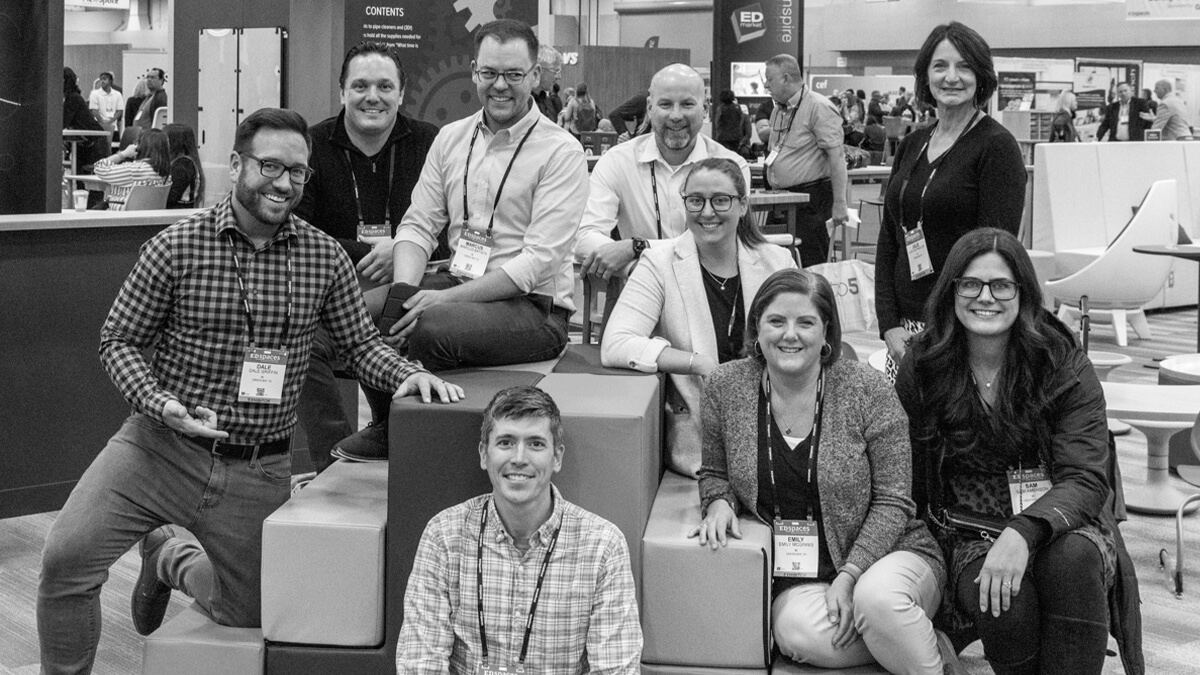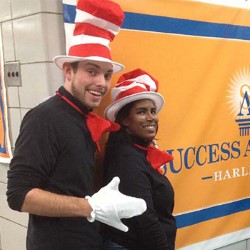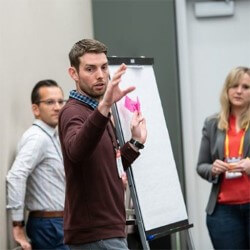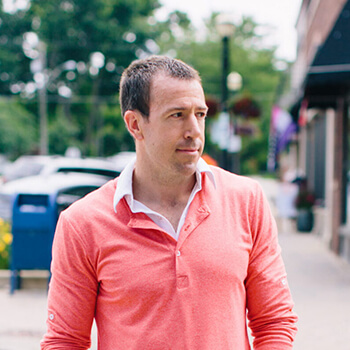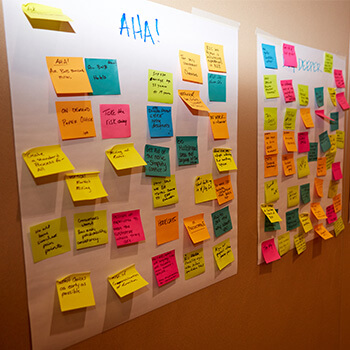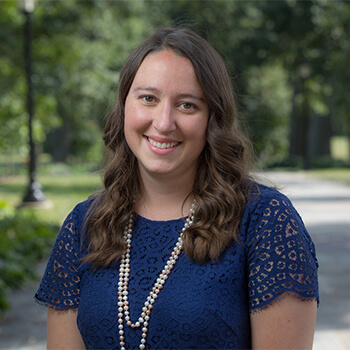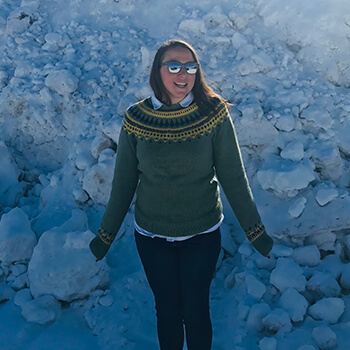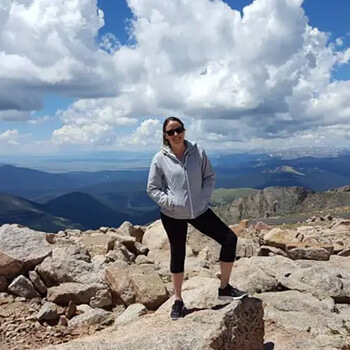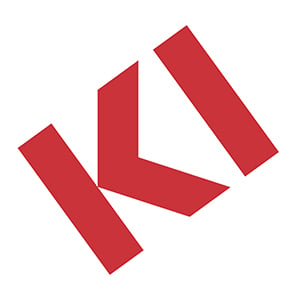Emily McGinnis, K-12 Education Specialist
What inspired you to enter a career in education?
As a young kid, I would always “play school” with my sisters, friends and even my stuffed animals. Of course, I was always the teacher! I was also part of a peer advisory class in high school where I got an opportunity to work in elementary classrooms with students, and I loved it. However, when I went to college, I wanted a career where I would make money, and I knew education was not it. So, I started as a pre-med student, but by the end of my first year, I realized I didn’t enjoy that major and wanted to be in education. I ended up getting a degree in sociology and then went on to get my master’s degree in education and later in K-12 administration, as well as a focus certificate in K-12 reading. I loved my education career for 21 years, but then COVID-19 happened and things changed for me. It will always be a passion of mine to work with educators and students. I have found that it was definitely a calling for me, no matter how I tried to run from it in the beginning.
Describe your journey from the education field to KI.
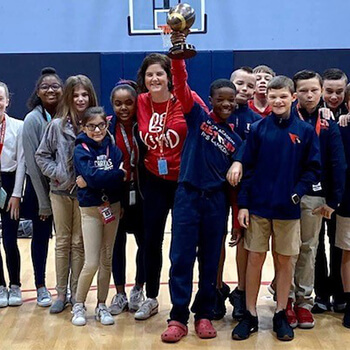 After 21 years in all facets of education—including as a teacher, curriculum coach, assistant principal and principal in elementary, middle, high, public and charter schools—I decided that I was exhausted after COVID-19. While I still loved what I did each day, I needed to find more time for my own children, who were both in high school at the time. I felt like I had missed a lot because of how much time and energy I had put into the schools I was a part of, and I didn’t want to miss anymore. I took three months off without a job during the summer of 2021 and eventually came across this position on LinkedIn. It seemed like the best of both worlds, and it has been!
After 21 years in all facets of education—including as a teacher, curriculum coach, assistant principal and principal in elementary, middle, high, public and charter schools—I decided that I was exhausted after COVID-19. While I still loved what I did each day, I needed to find more time for my own children, who were both in high school at the time. I felt like I had missed a lot because of how much time and energy I had put into the schools I was a part of, and I didn’t want to miss anymore. I took three months off without a job during the summer of 2021 and eventually came across this position on LinkedIn. It seemed like the best of both worlds, and it has been!
From your perspective, what is the power of design or space in education?
I have always said that you can be the best teacher in the world, but if your space is not comfortable for students and conducive for exploration and learning, you can’t function as the best teacher and it will be more difficult for true learning to occur.
Students desire a space where they can collaborate, create and be actively involved in their learning. There are also times when students want to work alone in a quiet spot. The balance of providing a space where both can simultaneously exist is tricky, but it can be done. As an administrator, I would do “culture walks” with my staff to gain insight into our design and space needs. Then, we’d create an action list of what we needed to do to make sure all our spaces represented our culture. Students deserve to come in each day to a clean and organized classroom designed with their learning and social needs in mind.
What is your favorite part about your work?
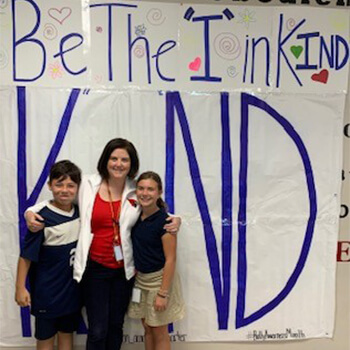 The best part of my work at KI is that I’m able to meet with a variety of people within our company and client base, and each meeting provides an opportunity for me to learn and grow as an educator and employee. I love traveling to different parts of the country to engage in conversations about what is best for students and educators. I really admire that KI strives to be the frontrunner in K-12 education and that I’m given the freedom and encouragement to continue learning educational trends so that I never forget what it’s like to be in a classroom.
The best part of my work at KI is that I’m able to meet with a variety of people within our company and client base, and each meeting provides an opportunity for me to learn and grow as an educator and employee. I love traveling to different parts of the country to engage in conversations about what is best for students and educators. I really admire that KI strives to be the frontrunner in K-12 education and that I’m given the freedom and encouragement to continue learning educational trends so that I never forget what it’s like to be in a classroom.
What is a memorable experience you had as a learner that stuck with you?
Growing up as a student in the 1980s and 1990s and becoming an educator in the 2000s, I’ve seen many changes in education and even some trends that are cycling back around. My most memorable experience as a student learner was as part of a class with opportunities to do creative thinking, writing, project-based learning and field trips. At one point, our class had to build an eight-foot-tall replica of the Statue of Liberty that would become a permanent fixture in the front of my elementary school. We were learning about U.S. history, and we even took a trip at the end of the project to New York City. While it’s not always necessary or best practice to pull students out of their regular classroom setting, I believe students learn best when it becomes an experience, helping them to associate feelings and memories with the learning outcomes.
